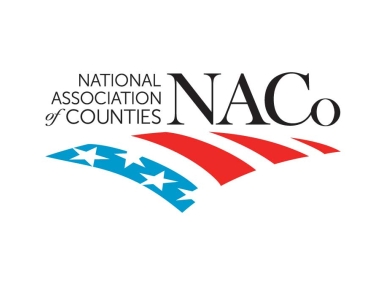NACo Legislative Analysis of the Problem Solvers Caucus COVID-19 Relief Framework
Author

Blaire Bryant
Upcoming Events
Related News
After weeks of stalled negotiations over the next round of federal coronavirus aid, on September 15, the bipartisan Problem Solvers Caucus unveiled a new $1.5 trillion “framework” to help break the gridlock on the latest COVID-19 negotiations ahead of the November election. This framework contains broad objectives for a future relief bill but not any legislative text.
The “March to Common Ground” framework contains many county priorities including increased food assistance and emergency funding for child care, re-upping the Paycheck Protection Program, reviving unemployment benefits and providing new aid to state and local governments. The framework also includes new funding for virus testing and tracing, elections, the U.S. Postal Service and extends the 2020 Census.
Along with $1.5 trillion in new proposed new spending, the framework takes into account $130 billion in unspent CARES Act funds and includes potential spending increases (of roughly $400 billion) or reductions (of roughly $200 billion) based on the ongoing severity of the pandemic. The metrics for triggering these provisions involve hospitalizations and vaccine progress, but the framework does not include additional details.
NACo developed an in-depth analysis highlighting key provisions included in the "March to Common Ground" framework and their impact on county governments.
Attachments
Related News

County Countdown – Dec. 1, 2025
Every other week, NACo's County Countdown reviews top federal policy advocacy items with an eye towards counties and the intergovernmental partnership.

Counties Celebrate Key Permitting Inclusions in SPEED Act
NACo issued the following statement in response to the passage of the Standardizing Permitting and Expediting Economic Development (SPEED) Act (H.R. 4776), which advanced out of the U.S. House Committee on Natural Resources on November 20.

Federal district court issues ruling preventing the federal government from imposing immigration compliance mandates on grant recipients
On November 4, a federal judge in Rhode Island ruled that the U.S. Department of Transportation cannot condition federal grant funding on a recipient’s cooperation with federal immigration enforcement efforts.
